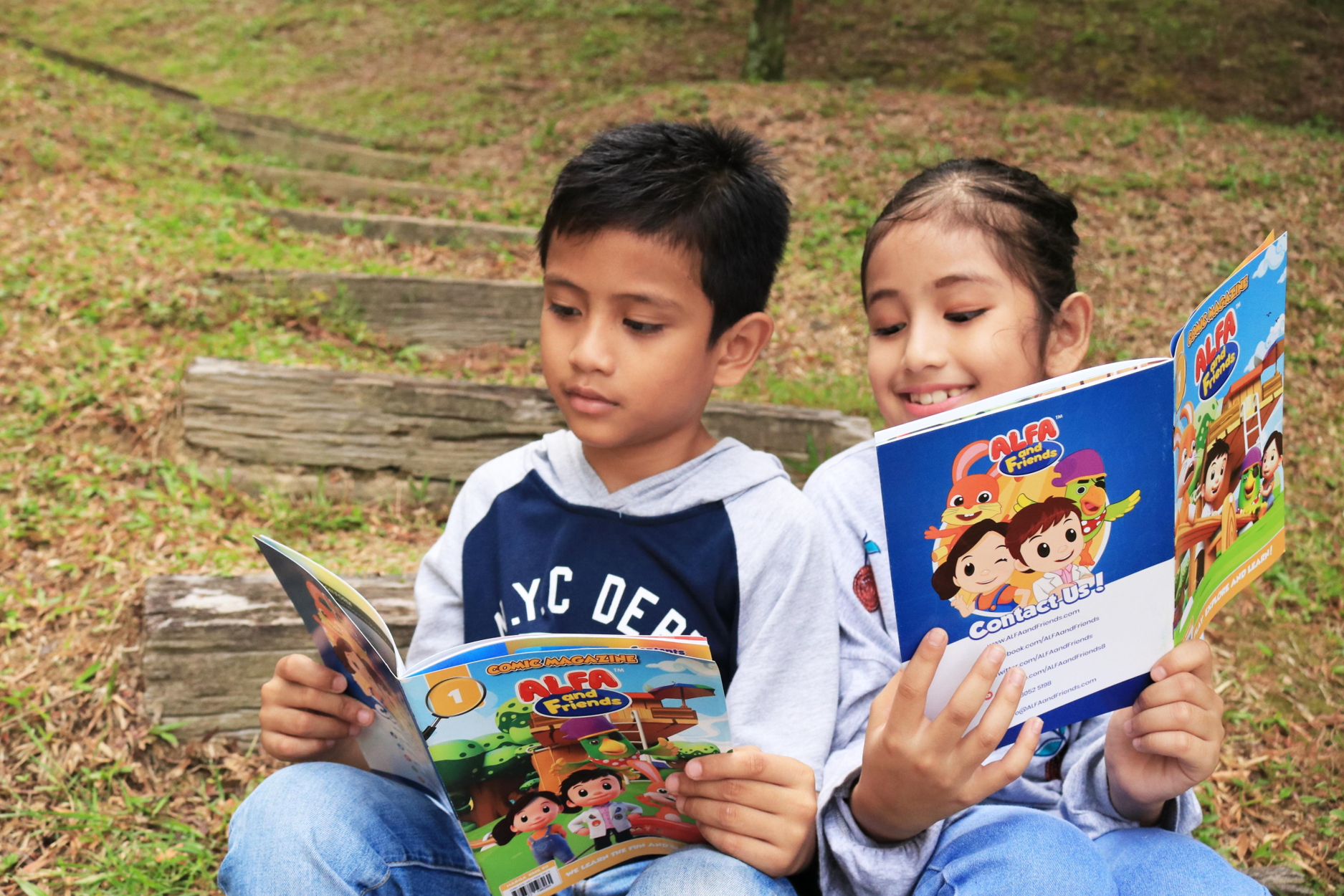Shyness in children is something that is not exactly uncommon and not entirely a cause for concern. Majority of us in our childhood are…shy. A major reason for this is because as children, we lack the experience and exposure to other people who are not our parents or part of our family. So, it is not a surprise if children shy away from expressing themselves in learning settings such as preschool. However, as a teacher, there are many ways for you to encourage the children that you are teaching to participate, to voice out, to speak up, to socialize, and to have fun when learning. There is a difference, though, when dealing with shyness in children between parents and teachers.
It may be easier for parents to handle shyness because children are just not shy of their parents; so, parents don’t really have to face any struggle if their children are a little bit too… shy. Teachers, on the other hand, will have to figure out ways to manage shyness in children because shyness often gets in the way of a preschool teacher’s evaluation and assessment of a particular child. This is because shyness affects a person’s behaviour and attitude – especially when they are around people whom they are not familiar with.
Let’s say, a parent comes up to you and talks to you about how their child loves to draw at home and has this talent for performing and yet, you don’t get to see this side of the child in the classroom because the child is too shy to be themselves when they are outside of their home. So, when you’re assessing this child’s progress in art class, you inadvertently give an inaccurate assessment of the child. And this is not your fault. The truth is, it’s not anybody’s fault. It’s just how children operate and they will soon grow out of it. Just like how you did now that you’re an adult. The thing about shyness in the classroom is that there are many factors that contribute towards it. Yes, as I’ve mentioned earlier, shyness is innate in children but there are certain aspects of learning that might be more than just being intimidated by unfamiliarity and that is lack of self-esteem and confidence. Self esteem and self confidence are two completely different things but are related to one another. So, many people use these terms interchangeably. So, what’s the difference?

- Self-esteem
Self-esteem is related to how you feel about yourself. Do you love yourself? Are you proud of your strengths? Are you embarrassed of your shortcomings? Do you think you are not enough? Basically, self-esteem is about how you perceive yourself. In children, lack of self-esteem is something that develops when a child is always receiving criticism and negative feedback about him/herself or for the actions that the child has done. Lack of self-esteem happens when a child is always being told off or scolded for the mistakes and accidents that he/she might have done. This can happen both at home and in school.
- Self-confidence
Whereas, self-confidence deals with how a person values him/herself in different situations. For example, you might display confidence in sports because you know you’re good at it but you might not feel the same if you are asked to paint. Therefore, in the classroom, a child might be very participative in one lesson but seem disinterested and unmotivated in another.

So, we’ve established both as totally different things. How can preschool teachers manage lack of self-esteem and confidence in the early childhood classroom? What are the ways that can help children to come out of their shells and be their very best self in educational settings? In this modern era of digitalization, there is a thing called ‘21st Century Education’ and it is being implemented almost everywhere, even in preschools. You might be wondering why am I suddenly talking about 21st century education. Well, this is because the aspects of 21st century education or 21st century learning is that it emphasizes the learner itself. This approach to education ensures that every learner is able to maximize their potential in the classroom by contributing their strengths to the learning process. Hence, 21st century learning values every learner’s ability and does not disregard any intelligence in the classroom. Despite it being science-focused, 21st century learning makes use of the arts and humanities in its problem solving tasks and activities. It aims to nurture learners in the most comprehensive and well-rounded way as possible.
So how is this relevant to building early childhood self-esteem and confidence?

By adopting 21st century learning, children are given ample opportunities to practice their strengths. 21st century learning also treats mistakes as golden moments for learning and focuses on fixing those mistakes together, as a team. Other than that, teachers also play a role in fostering self-esteem and confidence by nurturing a supportive environment and prioritizing constructive feedback. Therefore, rather than pointing out mistakes, the teacher aids in the process of fixing those mistakes together with the children. This way, children will develop a mindset that they are all equally important and capable of accomplishing learning goals in the classroom and with that shyness in children will also be easily managed.









